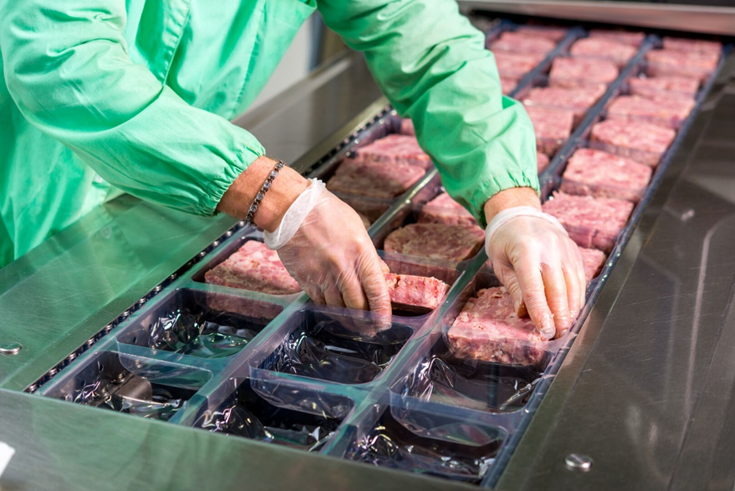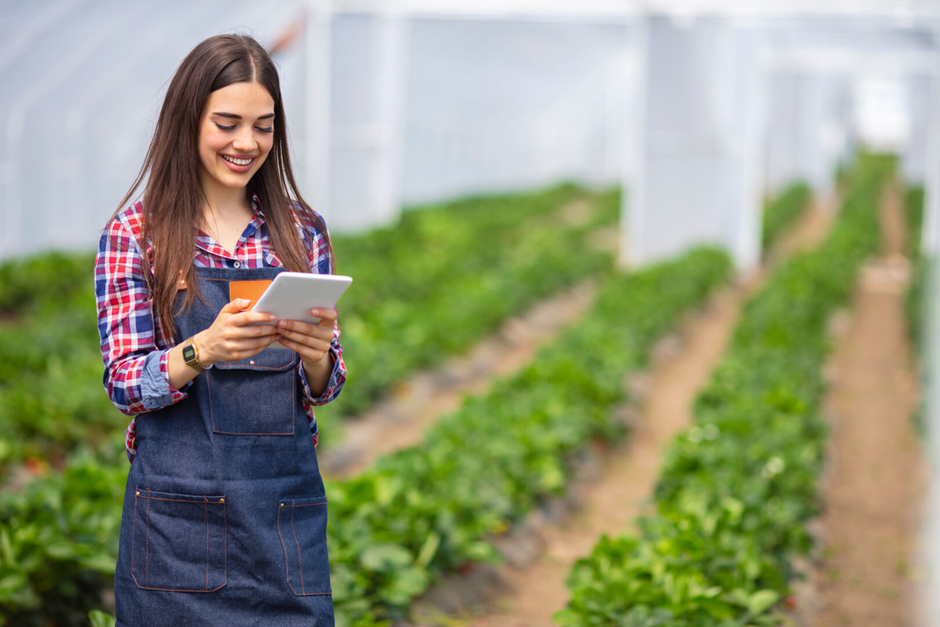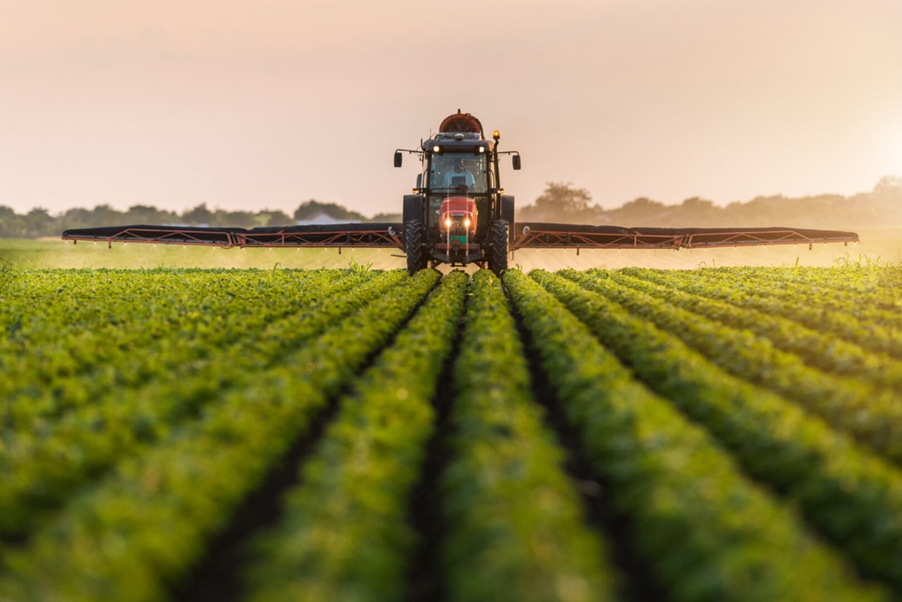As costs rise along with the planet’s temperature, those in the food industry experience increasing pressure to offer affordable and sustainable products, all whilst managing their own costs and supply chain difficulties.
Yet there’s a market that may provide a solution to these challenges: alternative proteins. Although still in its early stages, it’s a fast-growing sector that’s gaining traction with consumers and food companies alike. In this blog, we examine the alternative proteins available in 2023, the challenges the market is yet to overcome, and key opportunities for future growth.
Alternative proteins in 2023: the current landscape
The market for alternative proteins is fast-growing and is expected to constitute 12% of all proteins consumed by 2032. Plant-based protein dollar sales grew by 8% globally in 2022 compared to the previous year, although sales remained consistent in the UK. Mycoprotein is another form of protein that’s gaining popularity, with an expected growth rate of 12.6% until 2032.
It’s made with fungi that go through a fermentation process to create a meat-free protein. Mycoprotein company Quorn claims that their products produce 90% less carbon emissions than conventional meat, demonstrating the sustainable potential of this protein alternative.

While the plant-based and mycoprotein markets are flourishing, the alternative protein sector is still developing, hence more protein forms are currently in the process of being researched and regulated. These are some of the upcoming proteins to watch:
Cultured meat
A £12 million research project led by the University of Bath is currently underway to produce meat in a lab using the cells of livestock. This would be more ethical and sustainable than raising livestock naturally as it saves space that would otherwise be used for growing animal feed and may reduce distribution costs.
Sales of cultured meat are not yet regulated in the UK, but the Netherlands became the first country in Europe to permit tastings of cultured meat and seafood in July 2023.

Insect-based
While eating insects may not be popular in the West, over 2 billion people around the world consume them regularly. The main restrictions to the growth of this market in western culture includes consumer acceptance and safety concerns, even though the UN Food and Agriculture Organisation has never found any cases of insect disease transmission to humans.
Pea protein
A new £1 million research project investigating pea proteins was announced in 2023 via a partnership between Aberystwyth University, agricultural grass and forage seed company Germinal Horizon, and The Processors and Growers Research Organisation.
Pea protein has the potential to be a good alternative for soya as it can be grown in the UK, minimising expensive and carbon-emitting imports. The main challenge with this protein alternative is its flavour – the pea taste isn’t desirable or expected among consumers in a form of protein.

How sustainable are protein alternatives?
To be a truly sustainable option, alternative proteins need to be well adopted by consumers as a viable alternative to conventional meat and become an established recurring part of their diet.
The market is still developing so there’s the challenge of changing consumers’ mindsets toward accepted protein forms while competing against conventional meat, as well as making alternative proteins affordable despite R&D costs.
This means that alternative protein producers should research their target consumers thoroughly and involve them in product taste testing. It’s also important to utilise the latest food industry technology to optimise distribution structures and automate processes so that the product is more easily scalable.

Despite the inevitable challenges, increasing the proportion of alternative proteins produced would reduce the amount of imports, livestock and agricultural land space needed for conventional protein forms, helping reduce carbon emissions.
It’s estimated that more than one-fifth of global greenhouse gas emissions come from agriculture, but according to the Good Food Institute, moving to alternative proteins could contribute between 14% and 20% of the emissions reductions needed to meet the 1.5⁰C target by 2050, as set by the Paris Agreement.
The future of alternative proteins
By 2035, global revenues for alternative proteins are estimated to exceed $290 billion. Research investments are ongoing and should support the development of the market, with EU and national governments reserving £406 million to invest into alternative proteins. This is an increase of £91 million compared to 2022.
With increasing consumer environmental concerns and continuing research into sustainable proteins, it’s worth food companies looking at how they can offer these products to consumers in an accessible and affordable way.

The alternative proteins market is still in development and comes with unique challenges, but it has potential for future growth and is a product area those in the food industry should watch.
Those looking to grow in this market sustainably should:
- Involve consumers in the R&D and testing stages to create a tasty, desirable product
- Introduce automated and always-on technology to optimise cost efficiency and scalability
- Utilise the expertise of external partners to help with scaling up production
Advancing research into alternative proteins will undoubtedly continue to influence the global food supply chain and shape the future of our foods. What else is in store for the food industry? In our guide, we look at what you can expect for this year and beyond.
Download it now by clicking on the button below.
